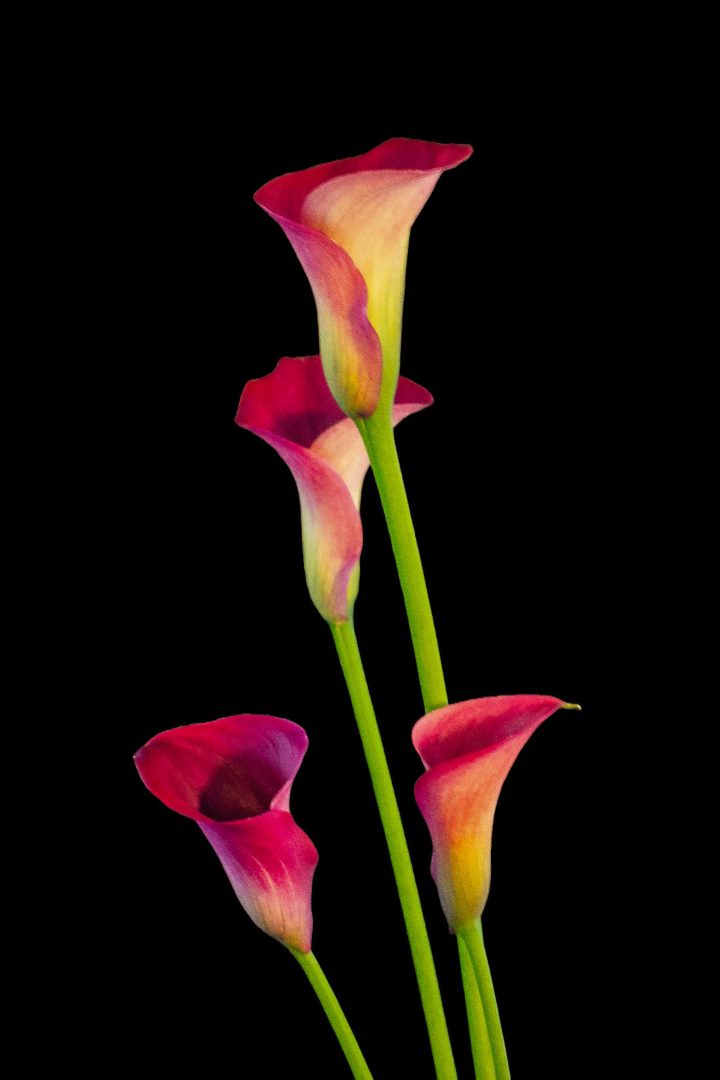Your cart is currently empty!
Discover the Enchanting Beauty of White Calla Lilies: A Comprehensive Guide

Introduction
White calla lilies, with their pristine blooms and elegant silhouettes, have long been cherished for their beauty and symbolism. Whether adorning the aisle of a wedding or brightening up a garden, these exquisite flowers evoke a sense of grace and purity. In this comprehensive guide, we will delve into the captivating world of white calla lilies, exploring their unique characteristics, varieties, and cultivation techniques.
Characteristics of White Calla Lilies
- Bloom Shape: Calla lilies are known for their trumpet-shaped blooms, featuring a distinctive spathe (petal-like structure) that forms a funnel-shaped cup.
- Flower Color: White calla lilies exhibit a pure, ivory-white hue that adds a touch of elegance to any setting.
- Size: Blooms can vary in size, with some varieties reaching up to 6 inches in length.
- Foliage: Dark green, heart-shaped leaves provide a lush backdrop for the delicate blooms.
Varieties of White Calla Lilies
- ‘Arum Lily’: This classic variety produces large, white trumpet-shaped flowers and is commonly used in floral arrangements.
- ‘Lily of the Nile’: Native to South Africa, this variety features pure white blooms with a yellow spadix (central spike).
- ‘White Lightning’: Known for its prolific blooming, this variety produces a profusion of small, white blooms on sturdy stems.
- ‘White Goddess’: This graceful variety showcases large, pure white blooms with a slightly ruffled spathe.
Cultivating White Calla Lilies
Planting
- Hardiness Zone: White calla lilies thrive in USDA Hardiness Zones 7-10.
- Soil Type: Rich, well-drained soil with a pH level of 6.0-6.5 is ideal.
- Sunlight: Plant calla lilies in full sun to partial shade, avoiding areas with intense afternoon heat.
- Spacing: Plant bulbs approximately 6-8 inches apart, with the pointed end facing up.
Watering
- Watering Schedule: Water calla lilies regularly, especially during the hot summer months.
- Mulching: Spread a thick layer of mulch around the plants to retain moisture and suppress weeds.
- Fertilizing: Fertilize calla lilies monthly with a balanced liquid fertilizer.
General Care
- Temperature: Calla lilies prefer moderate temperatures. Protect them from extreme cold or heat.
- Dividing: Divide overgrown clumps in the fall or spring every 3-4 years.
- Pests and Diseases: Calla lilies are generally pest-resistant. However, keep an eye out for aphids, mealybugs, and snails.
Symbolism of White Calla Lilies
White calla lilies hold significant cultural and symbolic meanings:
- Purity and Innocence: The white color represents purity, innocence, and new beginnings.
- Sympathy and Mourning: Calla lilies are often used in sympathy bouquets to express condolences.
- Celebration and Joy: White calla lilies are also associated with celebrations and joy, particularly in weddings.
- Remembrance: The flowers symbolize remembrance and enduring love.
Uses of White Calla Lilies
The versatile beauty of white calla lilies makes them ideal for a wide range of uses:
- Bouquets and Arrangements: White calla lilies are popular choices for wedding bouquets, centerpieces, and other floral arrangements.
- Garden Accents: They add a touch of elegance to gardens, borders, and containers.
- Cut Flowers: White calla lilies enjoy a long vase life, making them excellent cut flowers for indoor displays.
- Medicinal Uses: Some traditional medicinal practices use white calla lilies for wound healing and other purposes. However, it’s important to consult a qualified healthcare professional before consuming any part of the plant.
Conclusion
White calla lilies, with their captivating blooms and multifaceted meanings, continue to enchant and inspire. Their grace, purity, and versatility make them a beloved choice for gardens, bouquets, and special occasions. By understanding their characteristics, varieties, cultivation needs, and symbolism, we can fully appreciate and enjoy the beauty of these magnificent flowers.








Leave a Reply